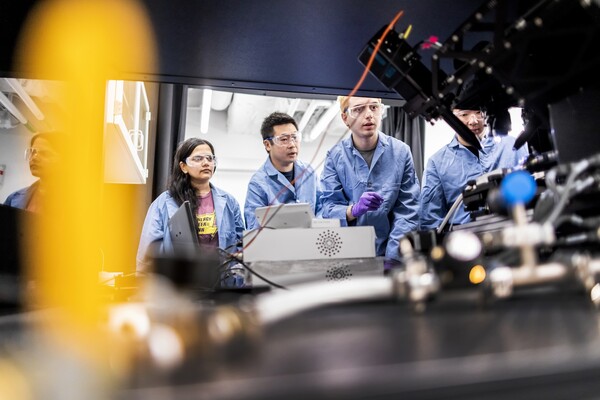
nocred
Nine patients at Penn Medicine have been cured of the Hepatitis C virus (HCV) following lifesaving heart transplants from deceased donors who were infected with the disease, according to a study published in the American Journal of Transplantation. The results highlight the potential for expanding the use of HCV-infected organs, including hearts, to broaden the donor pool for the more than 100,000 Americans currently on a transplant waitlist.
In 2017, Penn Medicine launched a clinical trial to test the effect of transplanting hearts from donors with HCV into patients on the transplant waitlist who do not have the virus. Researchers modeled the clinical trial, known as USHER, after an innovative Penn Medicine-led study that involved transplanting HCV-infected kidneys (known as THINKER), and then treating the recipients with an antiviral therapy to eradicate the virus after transplantation. In both studies, all the patients who completed the antiviral therapy regimen have been cured of their contracted HCV.
“For decades, most hepatitis C-infected hearts were often discarded—and the few people who received these organs were found to have a significantly lower rate of survival,” said Peter Reese, an associate professor of medicine and epidemiology. “Our trial provides fresh evidence to show that new antiviral treatments for HCV work well in immunosuppressed patients, which has the potential to really impact the field of transplantation.”
Reese, who co-led the study with Rhondalyn McLean, medical director of Penn’s Heart Transplant program, and David S. Goldberg, an assistant professor of medicine and epidemiology, enrolled candidates who faced lengthy wait times due to a variety of factors, including a heart failure classification—often as many as five, seven, even 10 years.
Read more at Penn Medicine News.
Penn Today Staff

nocred

Image: Pencho Chukov via Getty Images

The sun shades on the Vagelos Institute for Energy Science and Technology.
nocred

Image: Courtesy of Penn Engineering Today